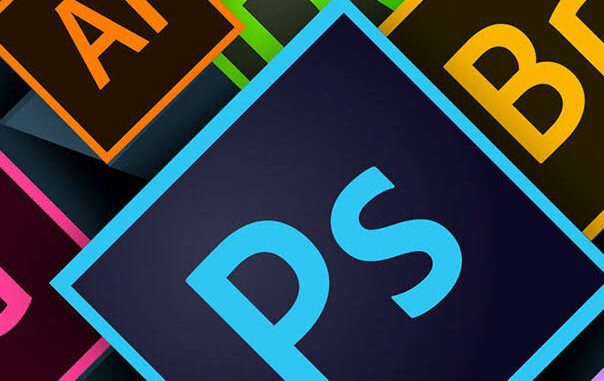
Advertisement
Learning Animation graphics might be an exciting and overbearing journey, since there are a lot of tools, techniques, and styles you can go through. However, other than following tutorials, there is more to learning animation. Here is a summarized method where the process is streamlined to understand what the basics are to build a strong foundation to higher mastery levels.
1. Master the basics first.
Before complex software or manic animations, the pure basics first need to be learned. Timing, spacing, ease-in/ease-out, and anticipation are basic principles that will make your motion smooth and natural.
Start by studying basic traditional animation, as much of the principles are common to both 2D and 3D graphics. Material such as Richard Williams’ book The Animator’s Survival Kit, or even some free articles online, will give you proper grounding in the basics. Once you know these principles, it will be so much easier to apply them if you want to animate digitally-whether for character or motion graphics.
2. Use Simplest Tool First and Simplest of the Projects
Perhaps a common mistake when starting to work on animation is immediately opening complex animations software such as After Effects or Blender, where somebody has not mastered simpler tools.
Advertisement
Start with something more accessible: Canva, simple motion applications, or anything that lets you animate rudimentary elements-text, shapes, or logos. That way, you get a feel for the timing, keyframes, and basic effects without getting bogged down in software complexity.
While getting comfortable, gradually introduce your advanced tools-for example, Adobe After Effects to do 2D motion graphics or Blender for a 3D job. The thing is-you can’t just get into it; you have to build up your skills and master one technique before introducing another, more complicated one.
3. Work on Real-World Projects
The best way to learn, though, is to actually do it. Make animations for real projects, no matter how small they might be. Get wet and try creating some animated logos, short social media ads, or animated explainer videos. Working on projects in the real world will compel you to think creatively, solve problems, and practice your skills in practical ways.
Not at first, perfection probably is not what is most important. Improve with each project that you work on, learn from mistakes made, and in time your technique will be refined.
4. Search for Feedback and Iterate
Animation is a skill that feeds on feedback. Share your work with other peers, online communities, or mentors for constructive criticism; use the earned feedback to iterate and improve through animations. You will eventually learn how to point out your mistakes and be much more self-sufficient as an animator.
5. Be Consistent and Patient
Consistency is the key to mastering animation. Make time to practice it regularly and try out new techniques. Animation is slow, and it takes some time for progress to be made. Patience and persistence will determine steady improvement in skills.
Conclusion
In a nutshell, learning the basics, practicing on smaller tools, working on real projects, and seeking feedback-in one line, this is what would make an animator a more wholesome professional and stand him in good stead for the long run.
Advertisement

Leave a Reply